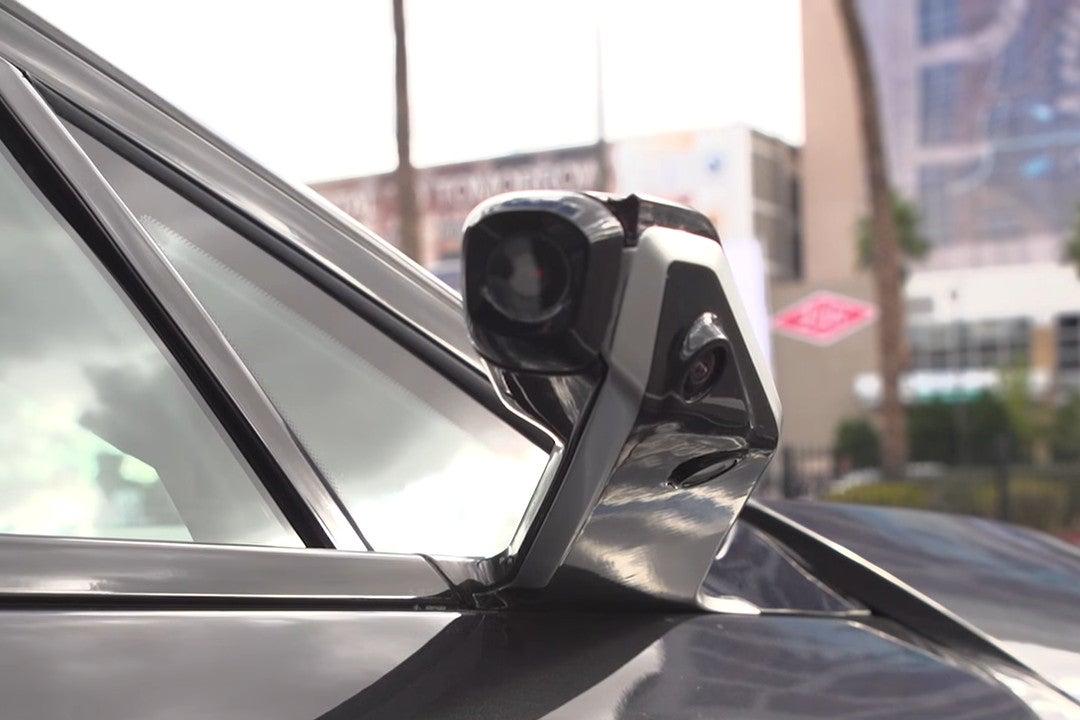Another benefit cited by the patent is the capability of overlaying useful data on the virtual mirror display. This could involve everything from navigational instructions, to parking warnings and even distances of nearby vehicles for safer lane changes. Of course, this isn't unique to BMW's technology, and could readily be applied to any other virtual mirror system using regular screens as well.

You might be thinking there's a fundamental problem with this system—what happens when you wind the windows down? The patent addresses that, with a machine translated version of the document stating "According to at least one embodiment of the display system, the mirror area is arranged in a partial area of the side window which is stationary." In clearer terms, the semi-mirrored part of the window won't move, meaning your virtual side mirrors will always be there. The intention is also for the reflectivity of the mirrored section to be variable. This would allow the brightness of the virtual mirrors can be adjusted as per exterior lighting conditions, so they're visible during the day but not too bright at night.
One key failing of virtual mirror systems remains their fixed field of view. Unlike traditional side-view mirrors, virtual mirror designs that use screens are unable to respond when the user moves their head, as the camera is fixed regardless of the driver's head position. This could be remedied by head tracking, an already mature technology used in fighter jets and virtual reality devices. Alternatively, it may simply be the case that drivers adjust to using a fixed side-view camera as long as it provides a suitably large field of vision.
